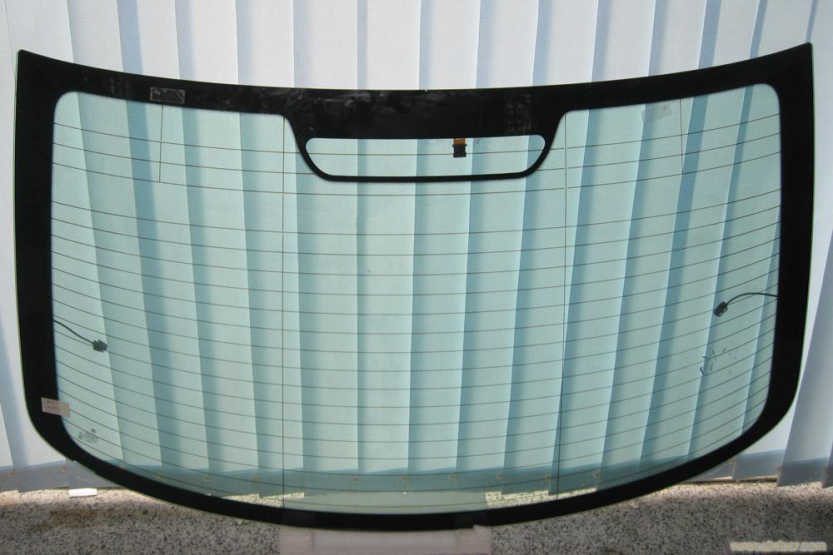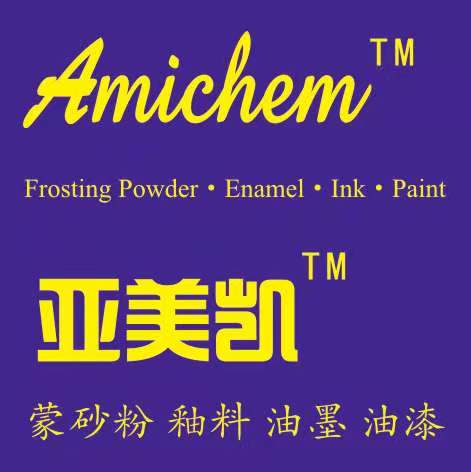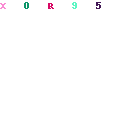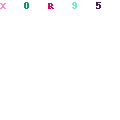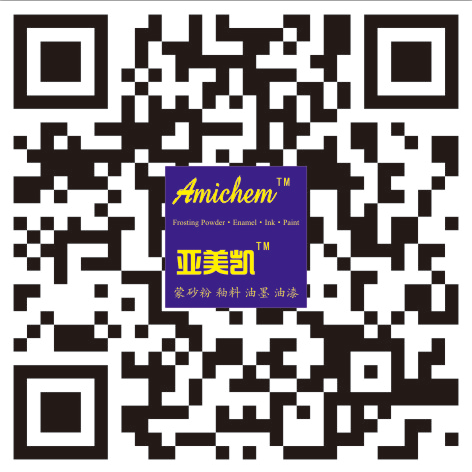1) Black Enamel for Rear Windows
Features: This product is water-soluble, so you can wash the halftone, tools and equipment directly with water. It is characterized by the following properties: great surface finish, good color saturation, good shielding effect on backlite silver paste and excellent acid and alkali resistance.
Colors: Black, matte black.
The lead and cadmium free series meets the RoHS2.0, REACH and Halogen requirements.
Scope of application: Automotive backlite tempered glass.
Solid content: 75±3%
Fineness: ≤13μm
Viscosity: 400±100dPa.s/25±3℃ (RION viscometer VT-04F)
Screen printing conditions: 180-250 mesh
Expansion coefficient: 8.5×10ˉ⁷/℃
Drying conditions: 150-180℃/3-5 min
Sintering temperature: 650-730℃/3-8 min
Note: Related to the heating rate and holding time.
Sintering atmosphere: Neutral or weak oxidizing atmosphere
Acid resistance: 72h@0.1N H2SO4/80℃
Alkali resistance: Grade 2-1
Silver line hiding: △E﹤0.5
2) Conductive Silver Paste
Features: Suitable for preparing auto glass defrosting conductive silver paste, which has strong adhesion after being sintered. It is made into electric defrosting glass after being tempered. Low resistance silver paste and high resistance silver paste can be used together, fit for various models of vehicles. It is characterized by the following properties: strong adhesion, excellent soldering resistance and ageing resistance, little resistance fluctuation in long-time printing, good inoxidability and great performance with black enamel.
Color: Red-brown (after sintering / tin side)
Silver content: 60-85% (adjustable)
Fineness: ≤7.5μm
Viscosity: 250±50dPa.s/25±3℃ (RION viscometer VT-04F)
Screen printing conditions: 180-320 mesh
Drying conditions: 130-180℃ /3-5 min
Peak temperature: 580-620℃ (laminated), 650-730℃ (tempered)
Sintering condtions: 580-620℃/3-8 min (laminated), 650-730℃/3-8 min (tempered)
Resistance per square: ≤3mΩ/□@15μm
Adhesion: ≥ 80N
Note: The above technical data, derived from the experiments in our company lab, is for reference only. Due to different production environments, the measured technical parameters will be different, so the customers should refer to the data measured on the finished products produced in your own workshops.
